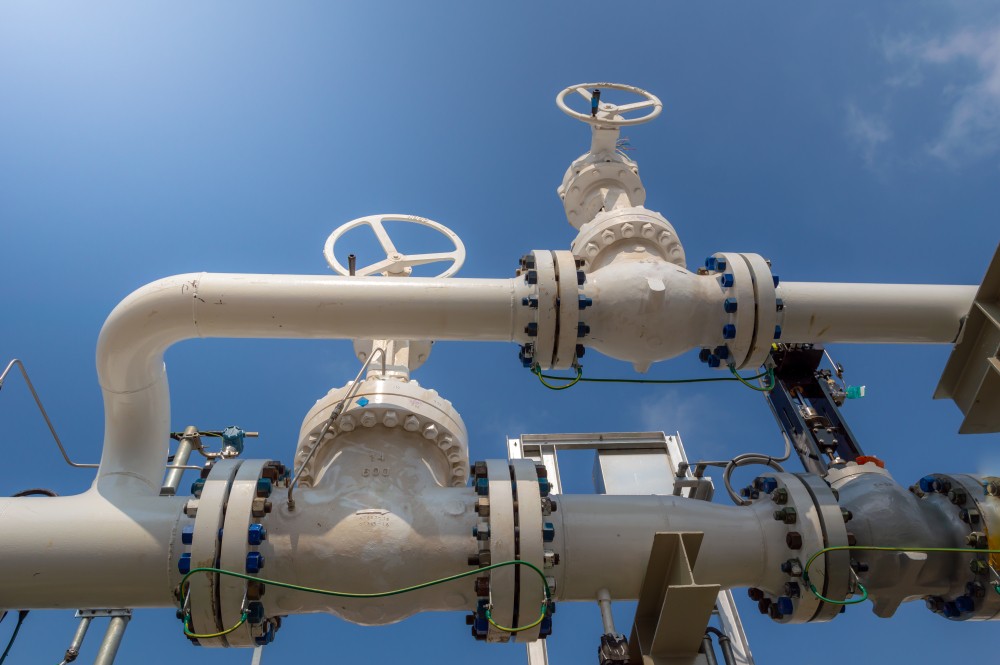Quick Look
- Hedge funds’ $8.7 billion investment in cocoa futures sparks record price levels.
- London and New York cocoa prices soar to £4757 and $5888 per ton, respectively.
- Adverse weather, diseases in West Africa, and speculative trading drive price surges.
- Despite global price hikes, Ghanaian and Ivorian farmers face delayed financial gains.
- Other commodities and currencies exhibit varied movements, highlighting broader market trends.
The cocoa market experienced an unparalleled price surge in early 2024. Hedge funds exposed significant investments totalling $8.7 billion in cocoa futures across London and New York markets, catalyzing this trend. This influx of capital has pushed cocoa prices to record highs. Besides, London cocoa reached £4757 per ton, and New York futures peaked at $5888.00 per ton. The escalation can be attributed to a complex interplay of factors, including adverse weather conditions, disease outbreaks in key cocoa-producing regions of West Africa, and speculative trading practices.
2024’s Record Cocoa Prices: £4757 & $5888/Ton
The surge in cocoa prices is not an isolated phenomenon but a consequence of several critical factors. Poor weather conditions and disease outbreaks in West Africa have significantly hampered cocoa production, creating a supply shortfall in the market. This scenario is further exacerbated by speculative trading, where investors bet on future price increases, driving prices even higher. These dynamics underscore the volatile nature of commodity markets, where external factors can significantly impact prices and production.
West Africa’s Weather & Trade Spike Cocoa Costs
Despite the global market’s buoyancy, the financial benefits for cocoa farmers in Ghana and the Ivory Coast, two of the world’s leading cocoa producers, are yet to materialize. These farmers receive $1800-$1900 and around $1600 per ton, respectively, based on contracts negotiated 12-18 months prior. This lag in financial gains highlights the disparities within cocoa prices, where farmers bear the brunt of market fluctuations and delayed adjustments in pricing structures.
Farmers Await Gains Amidst $1800-$1900/Ton Gap
The cocoa market’s dynamics occur against a backdrop of broader commodity and currency fluctuations. As of the latest update, U.S. crude oil and Brent crude prices have witnessed increases, while natural gas prices have dropped slightly. Precious metals like gold, silver, and copper have seen gains, reflecting investor sentiment and market dynamics. Additionally, currency movements, with the dollar weakening against the yen and the euro appreciating, offer insights into global financial trends and investor behaviour.
Global Market Trends: Oil Up, Natural Gas Down
This intricate web of commodity prices, including the stark rise in cocoa prices, underscores the complex interplay of supply and demand, geopolitical factors, and speculative trading in shaping global markets. As stakeholders navigate these turbulent waters, the long-term implications for producers and consumers alike remain a focal point of discussion and analysis, highlighting the need for sustainable and equitable trading practices in the cocoa industry and beyond.









COMMENTS